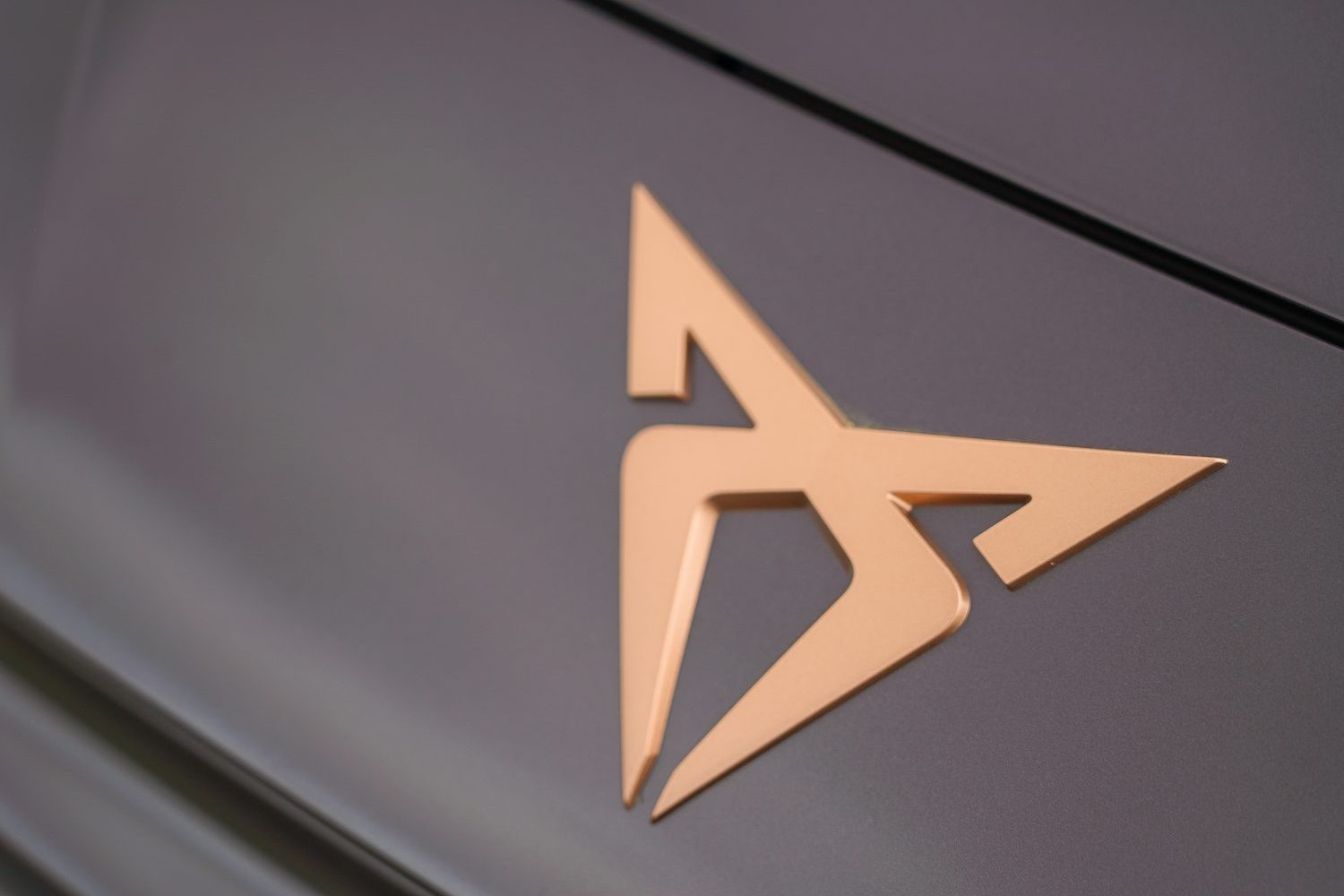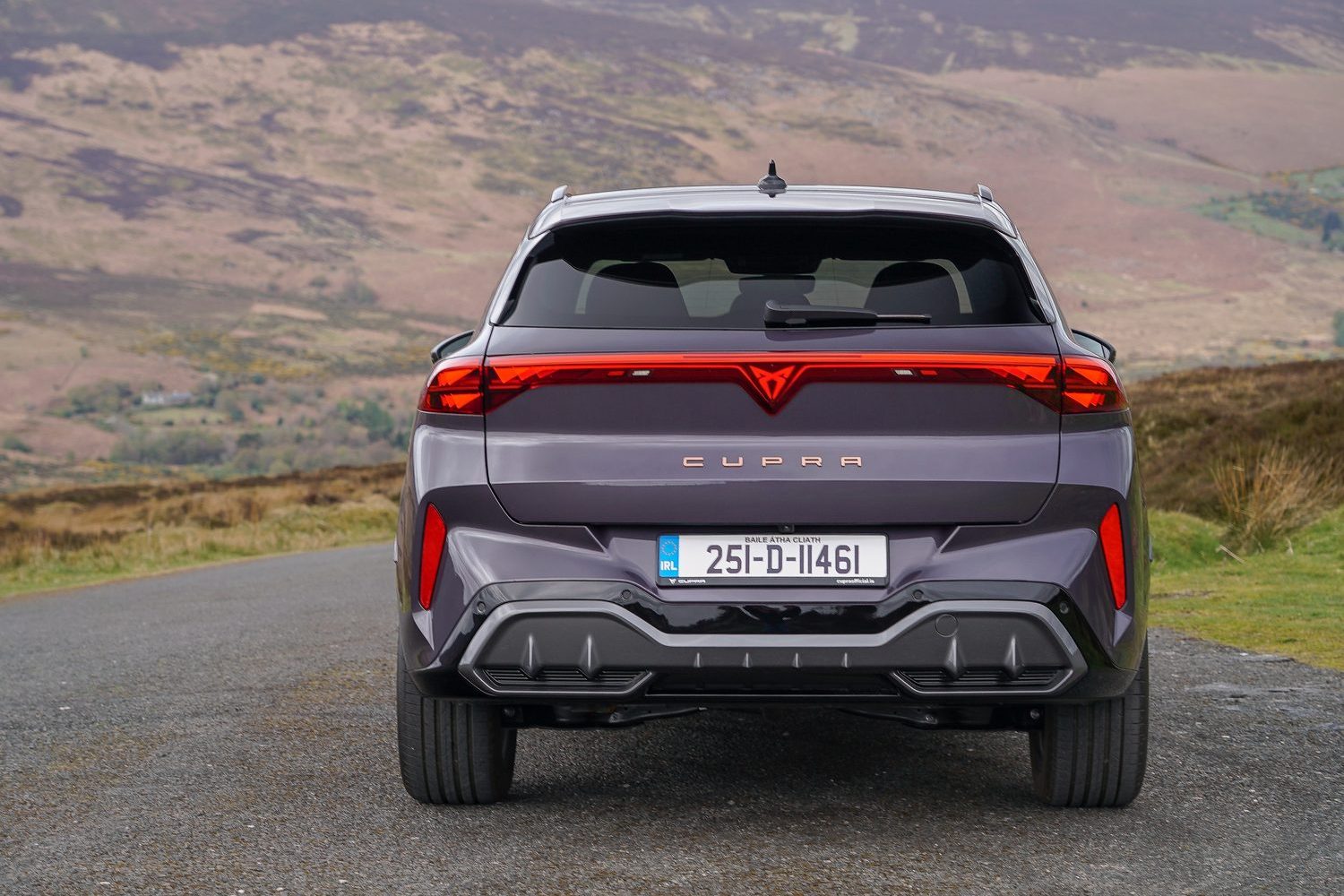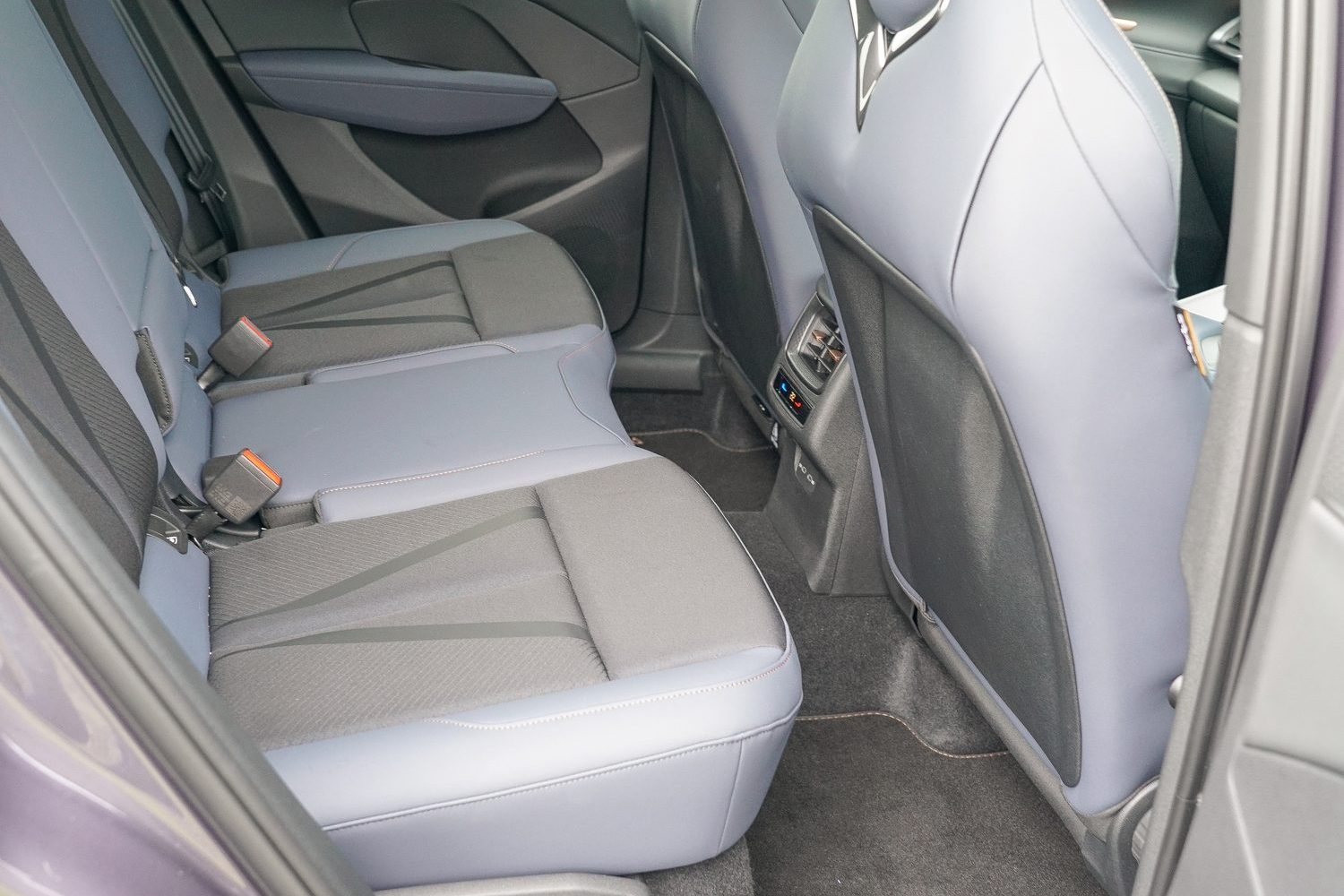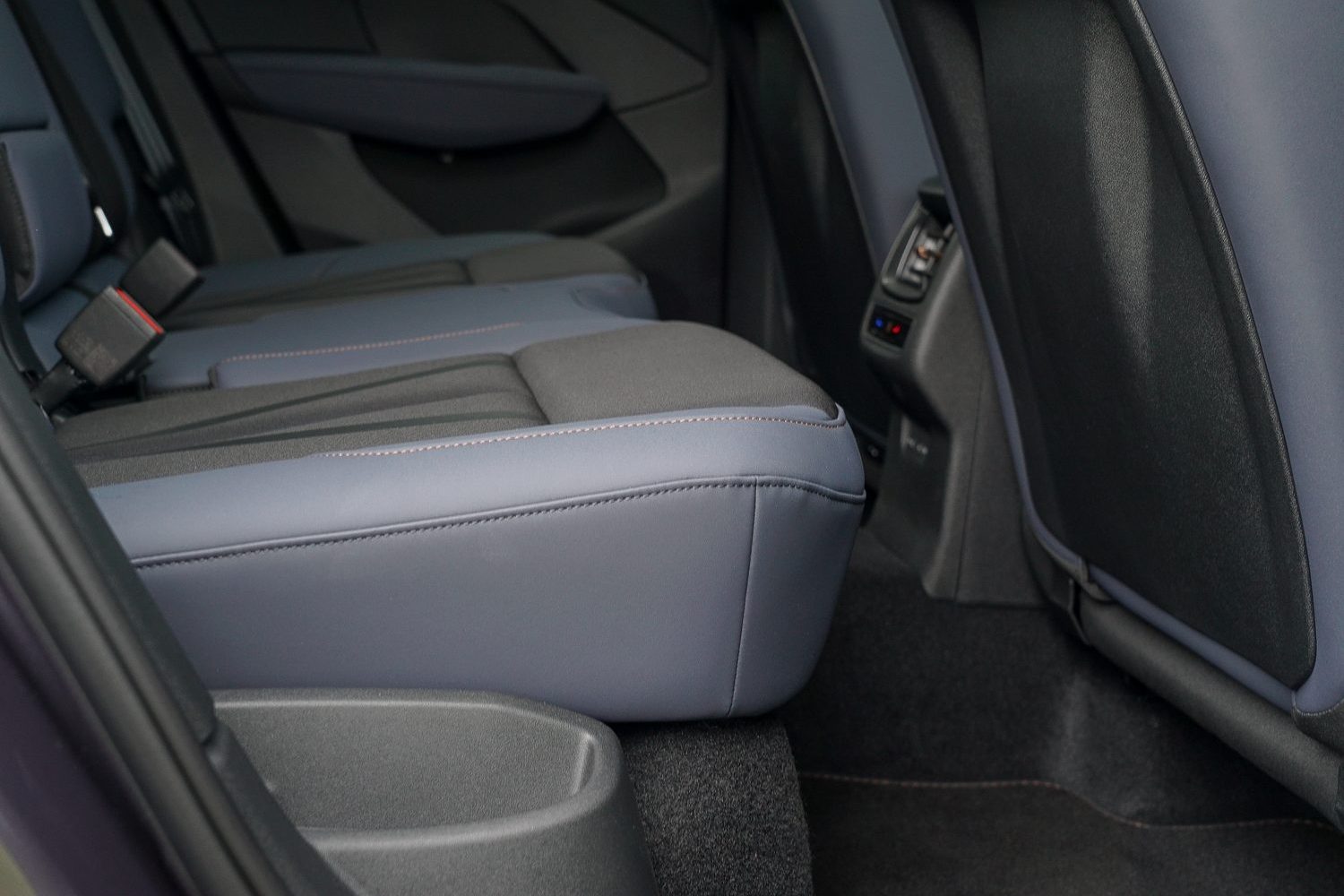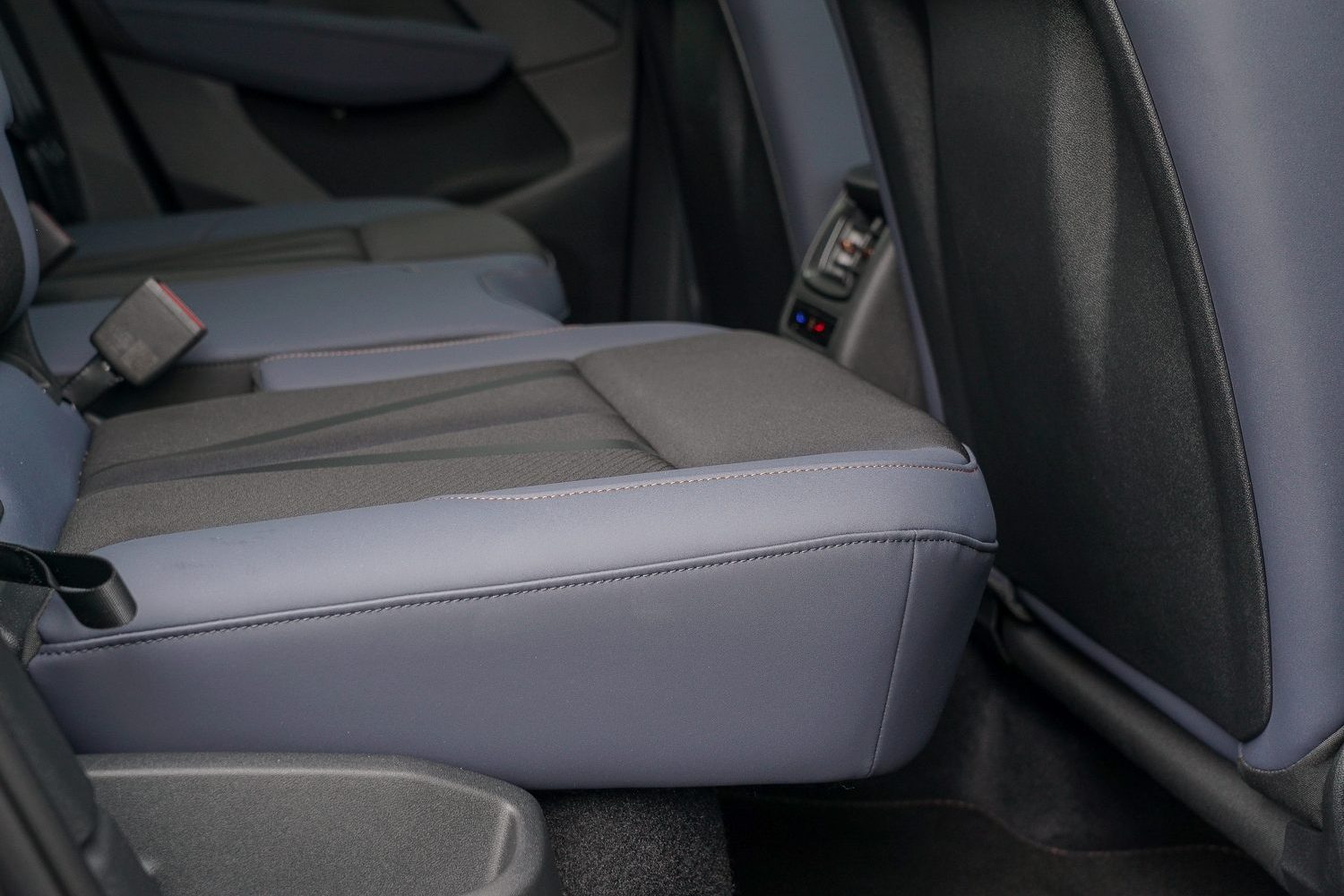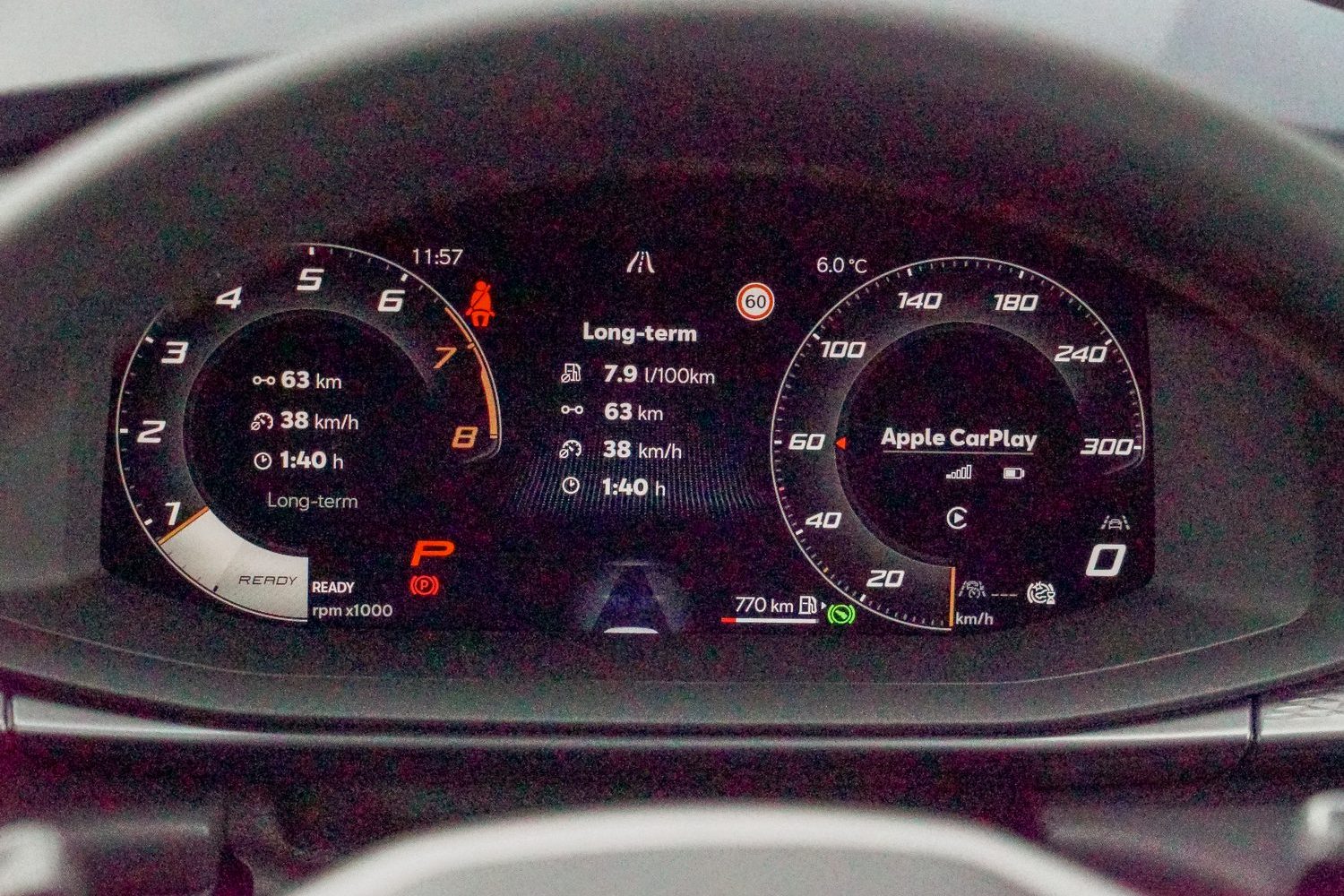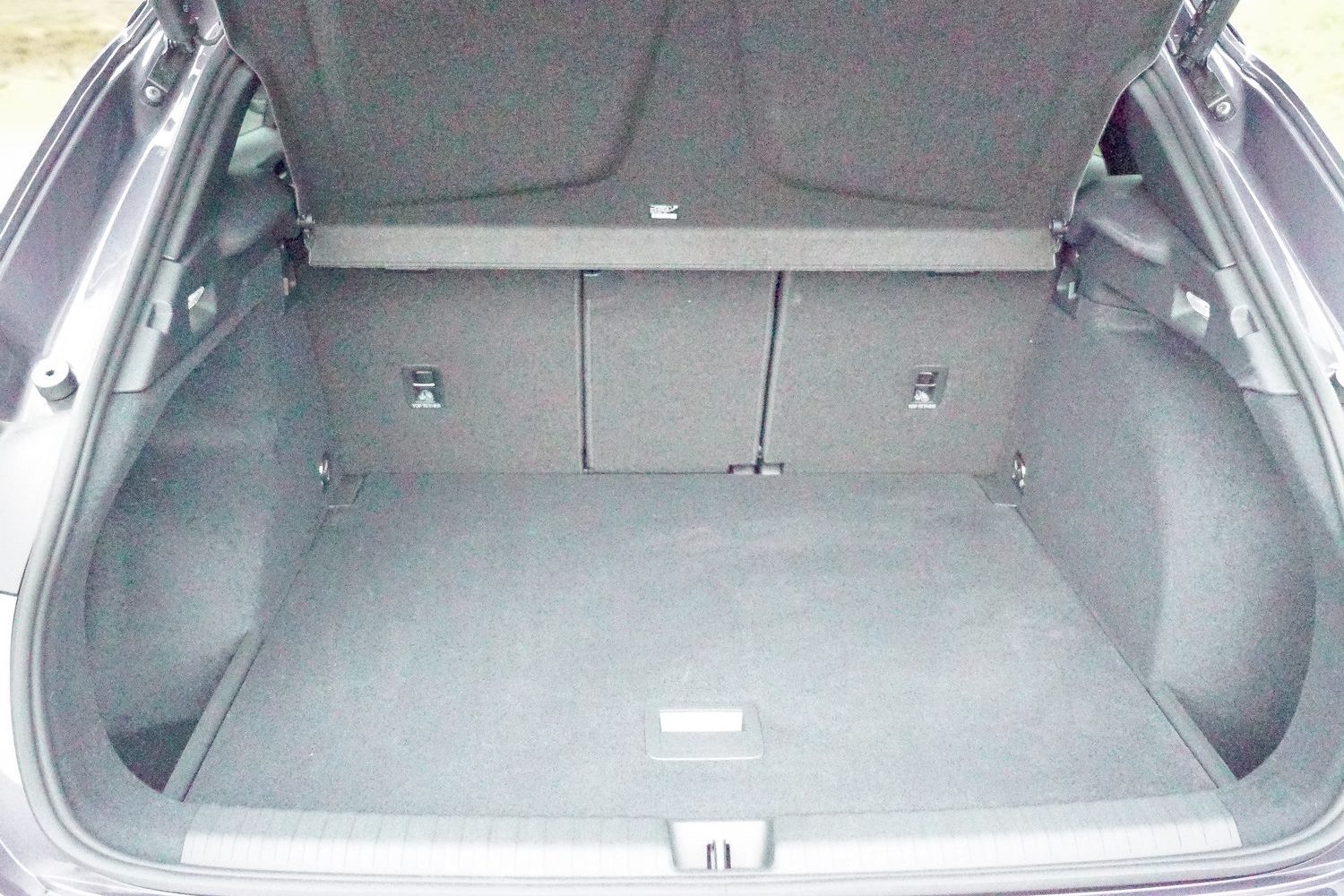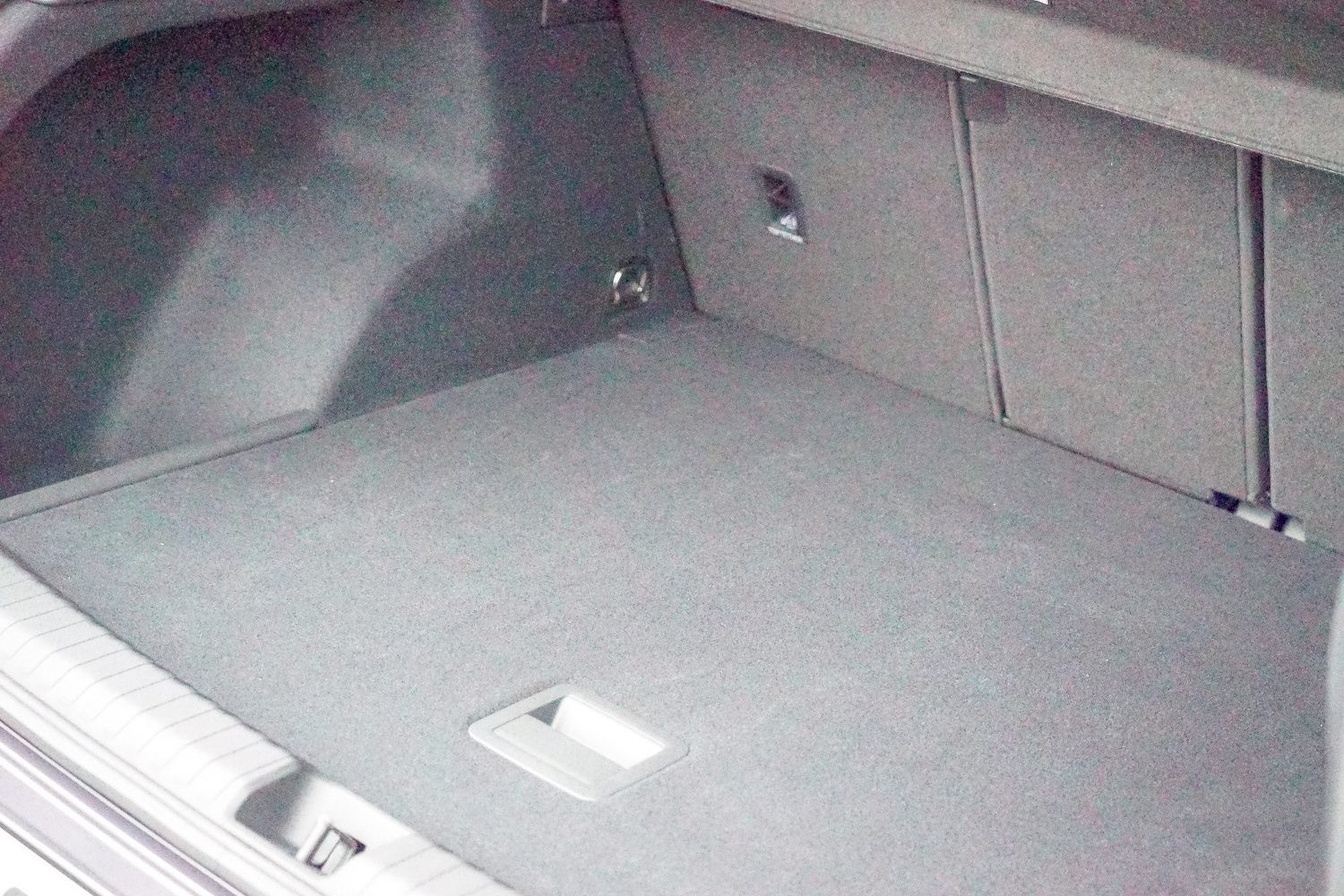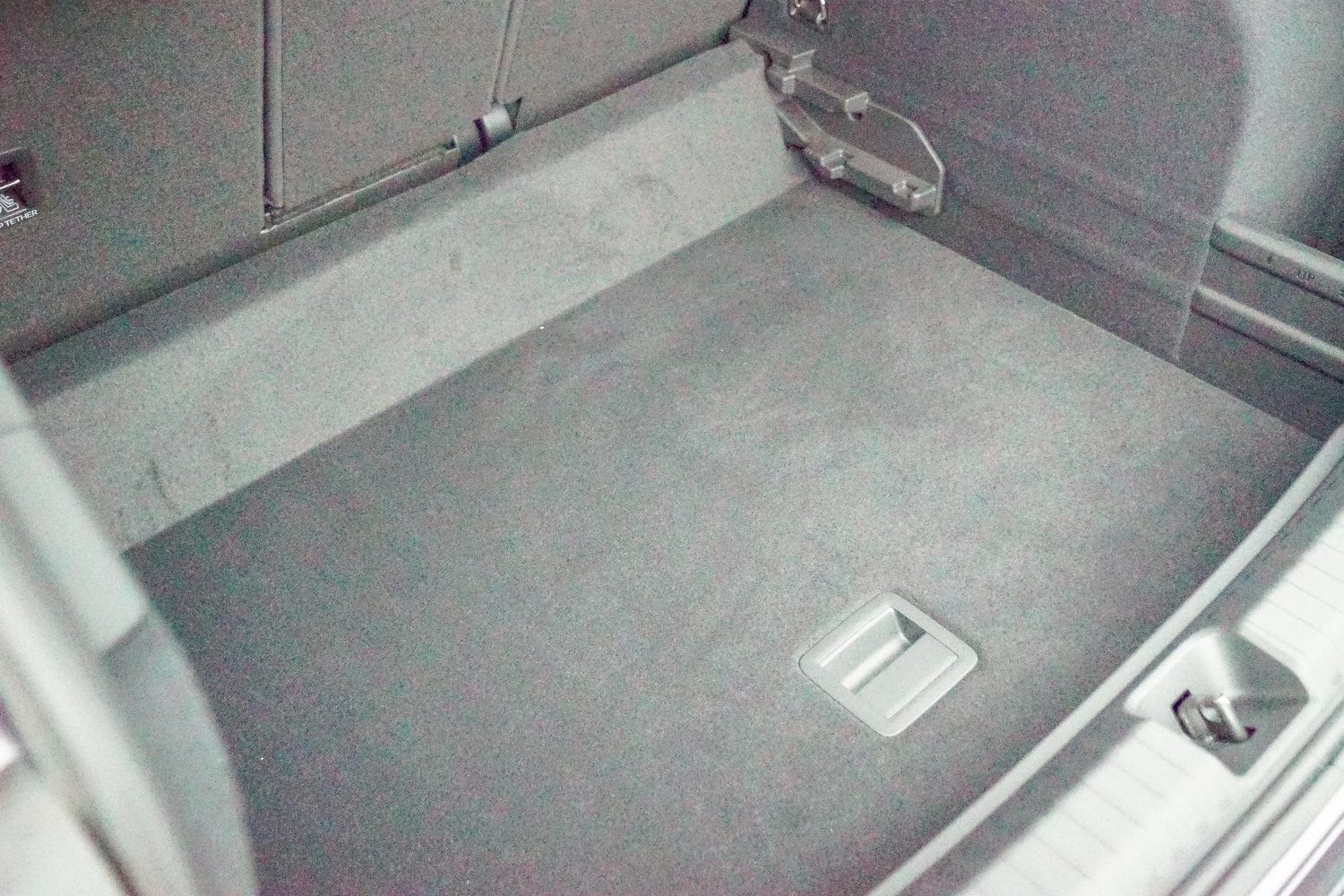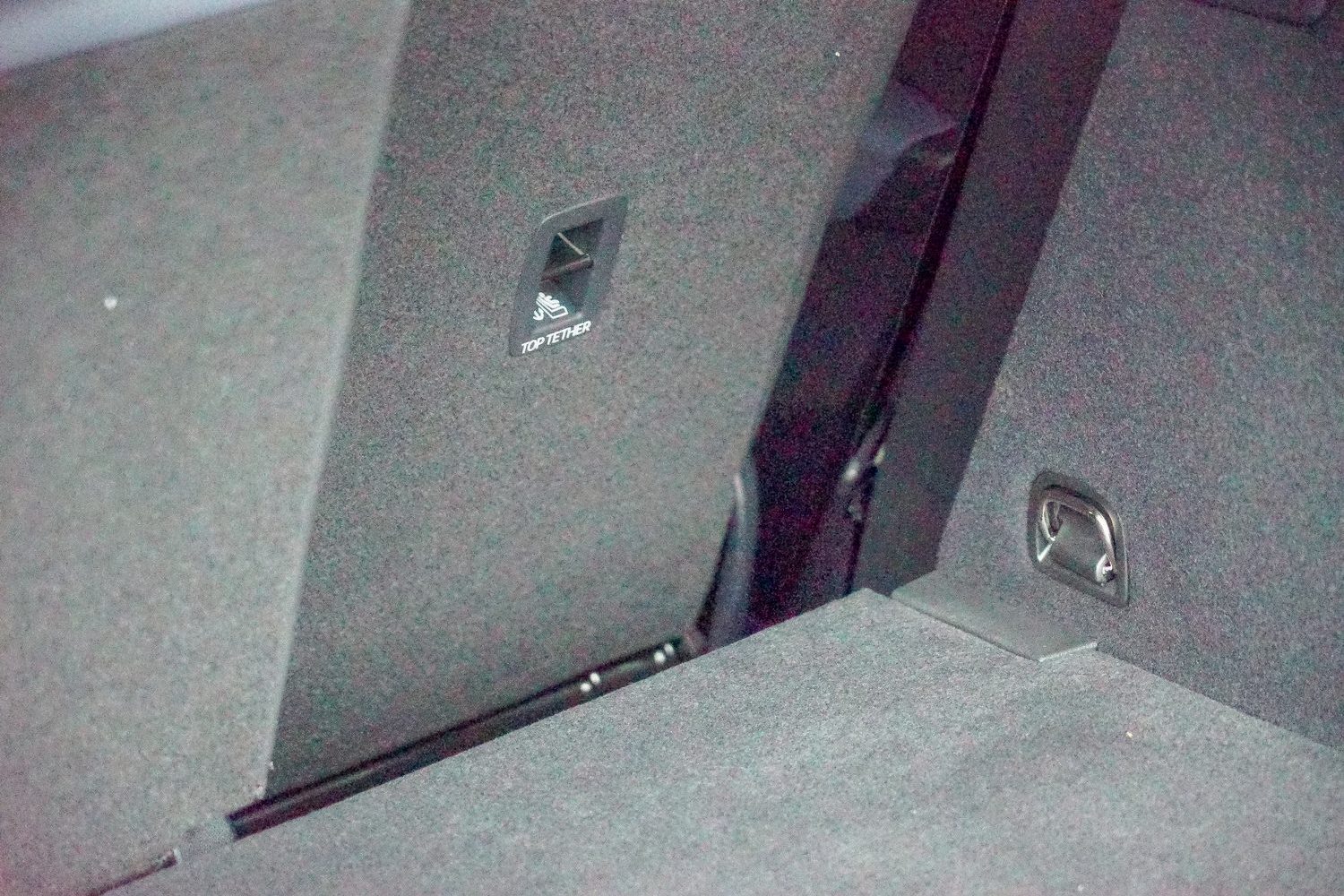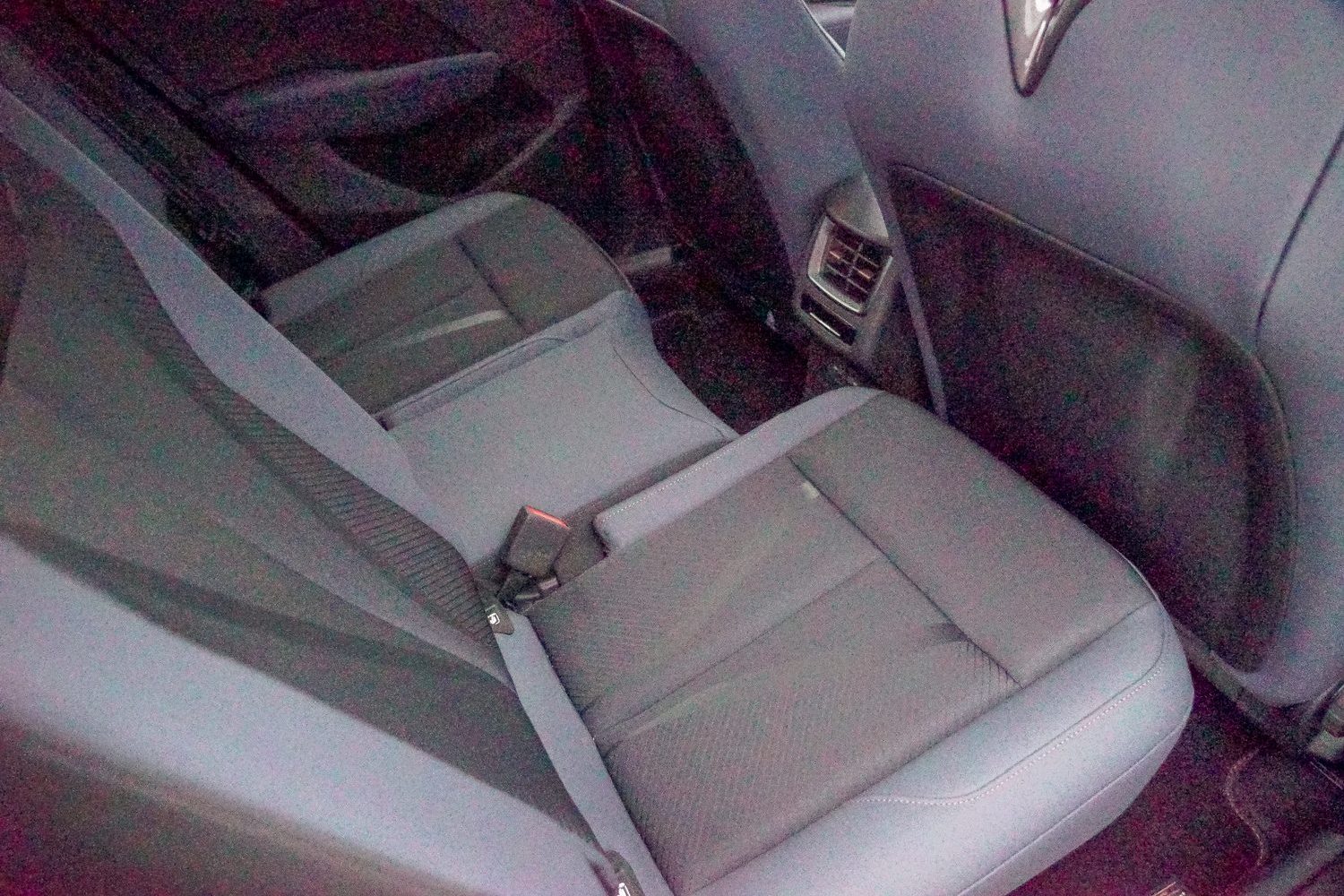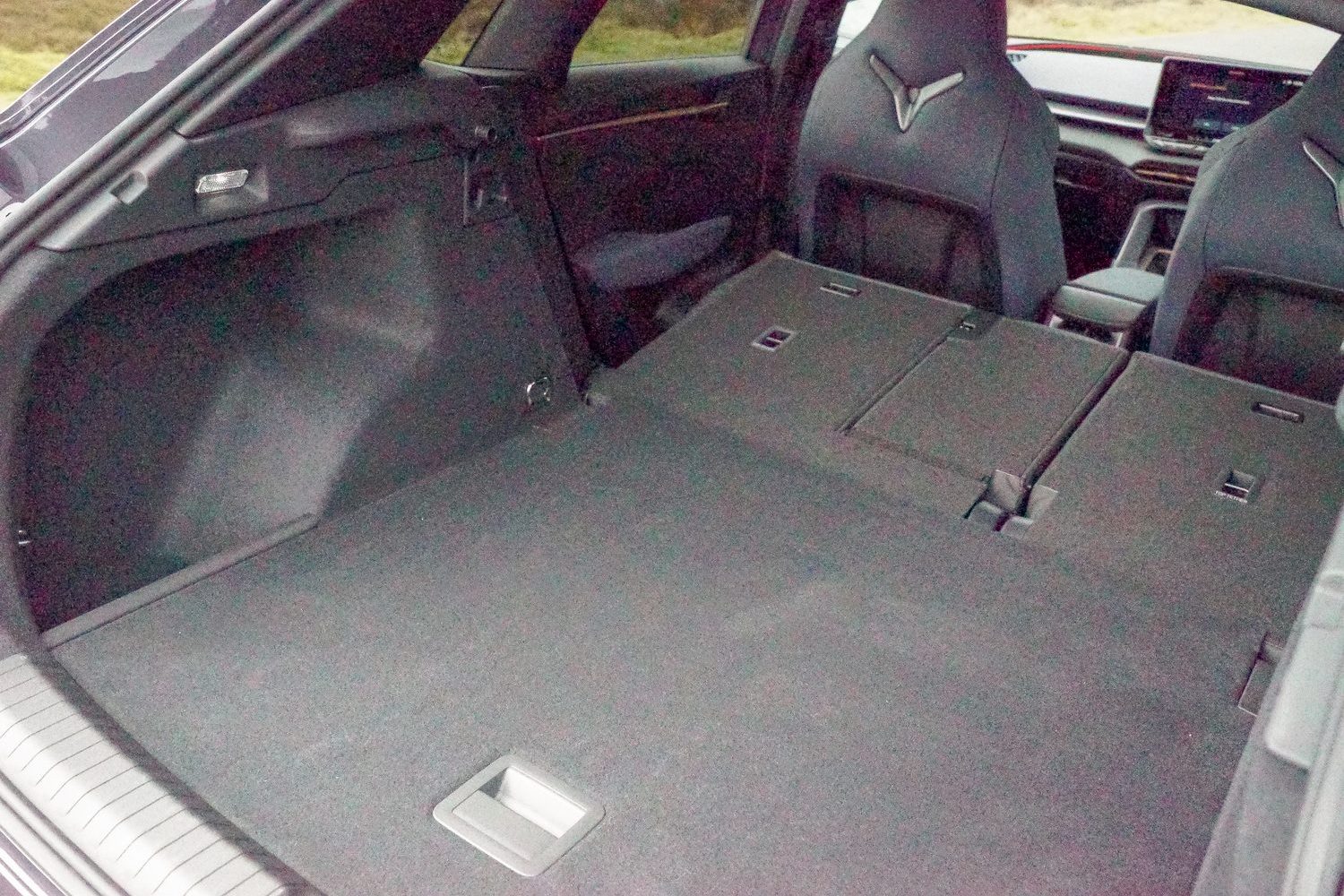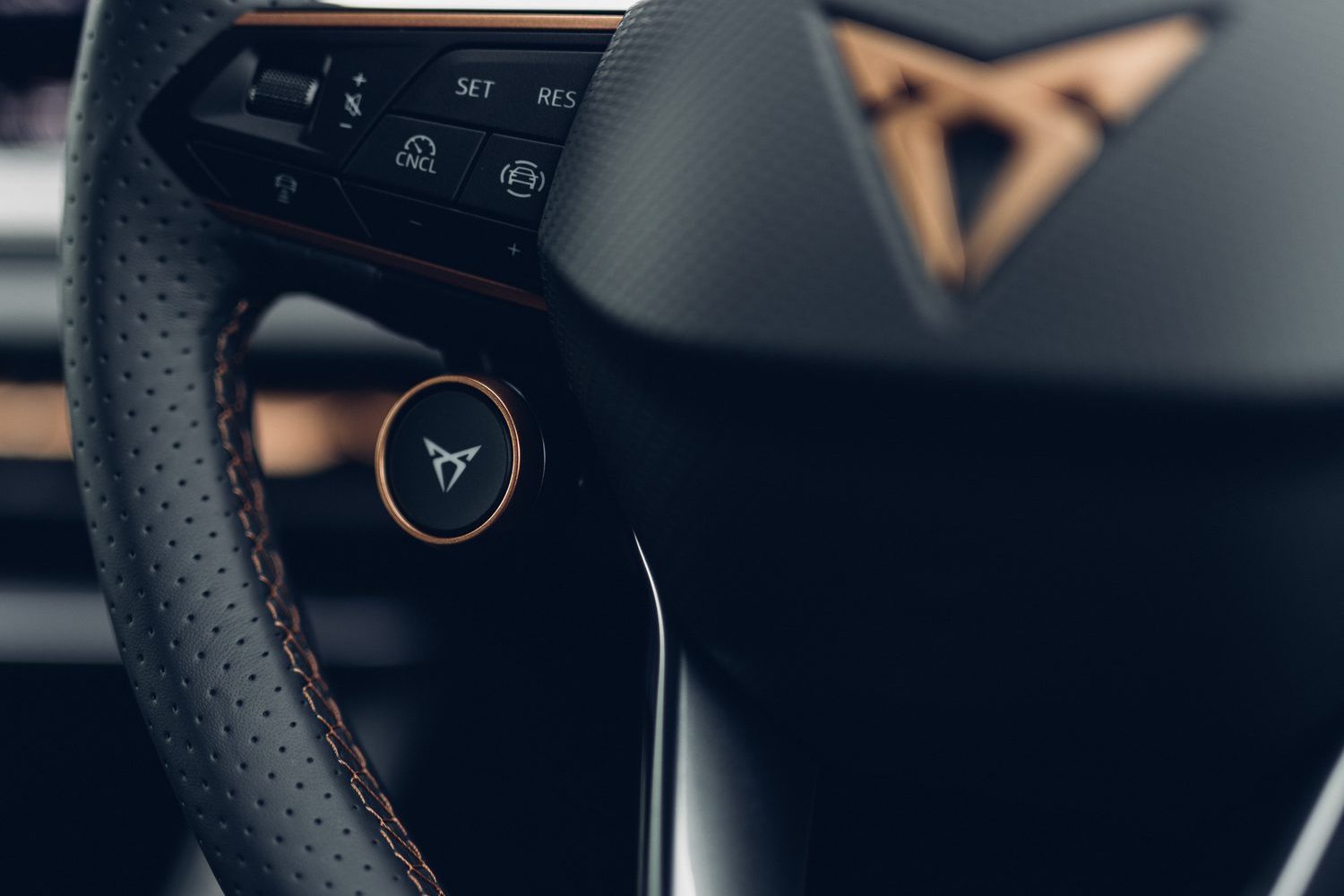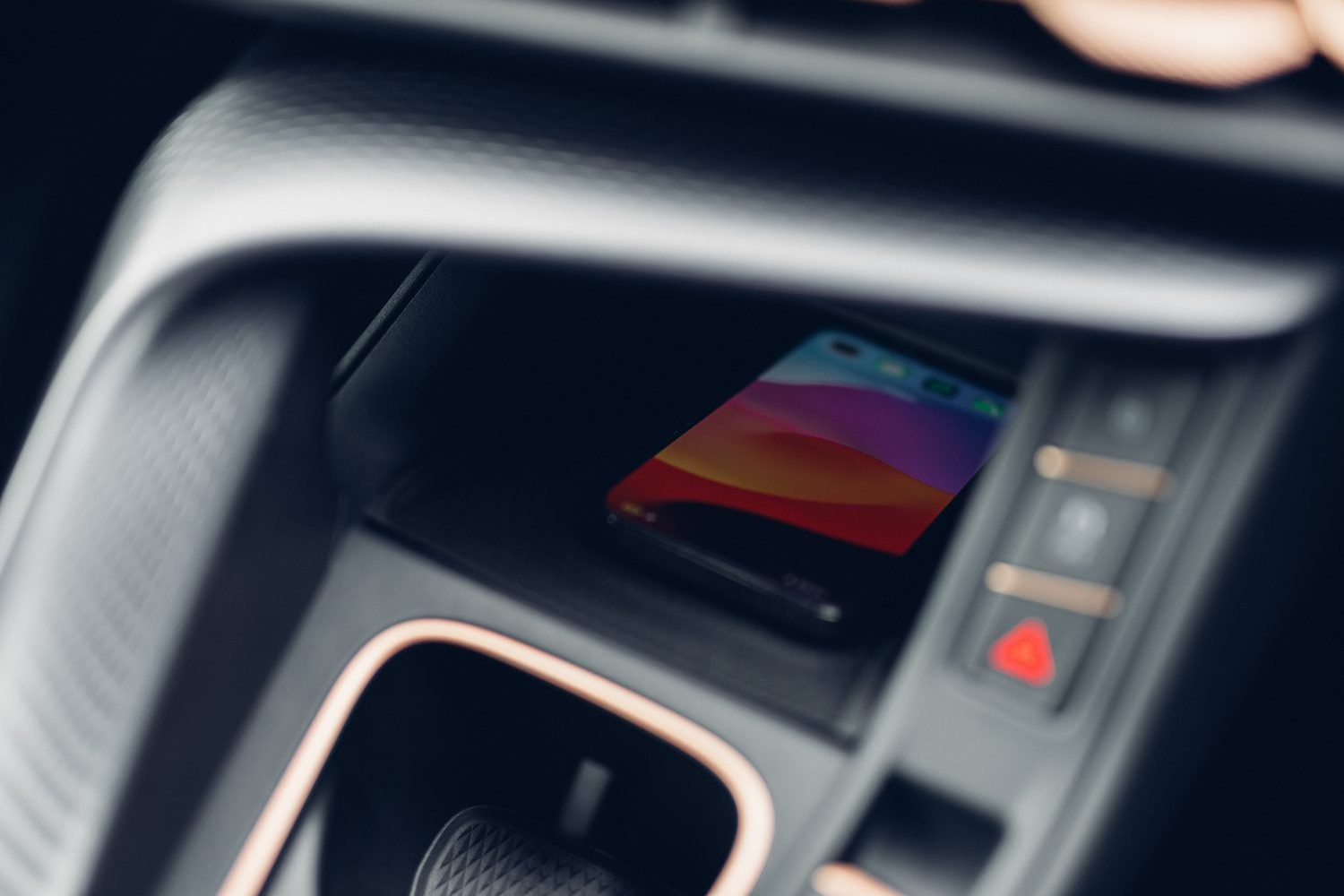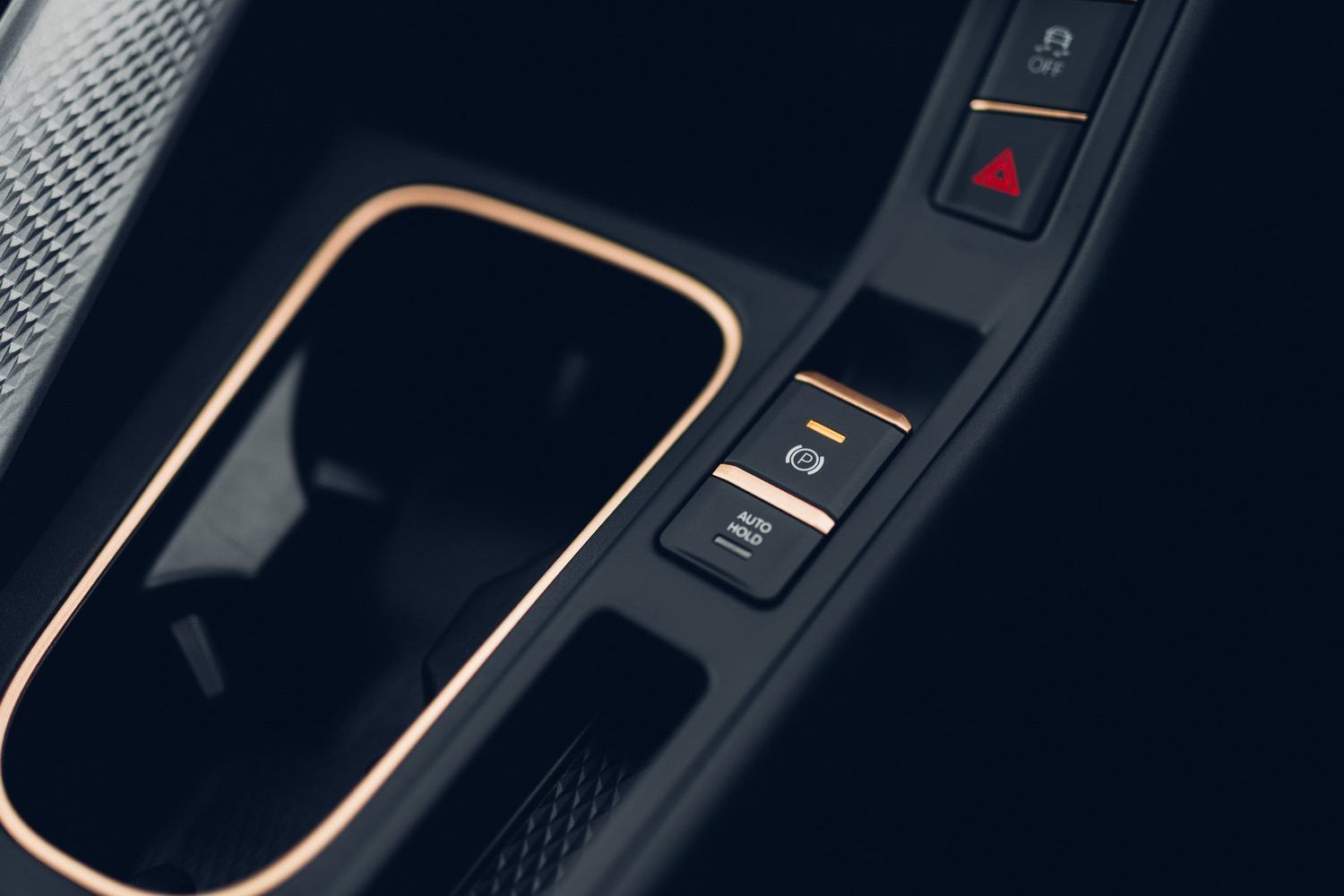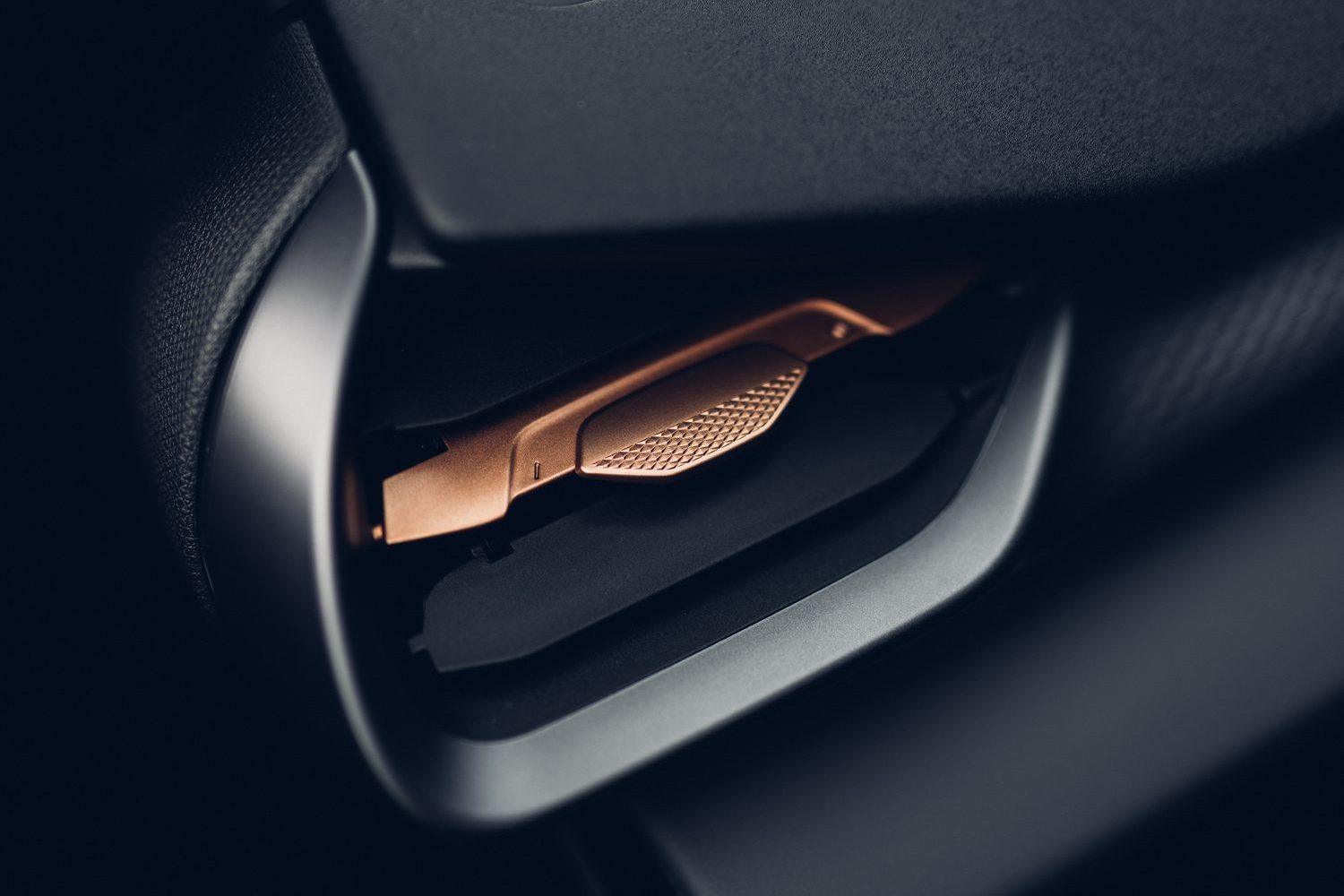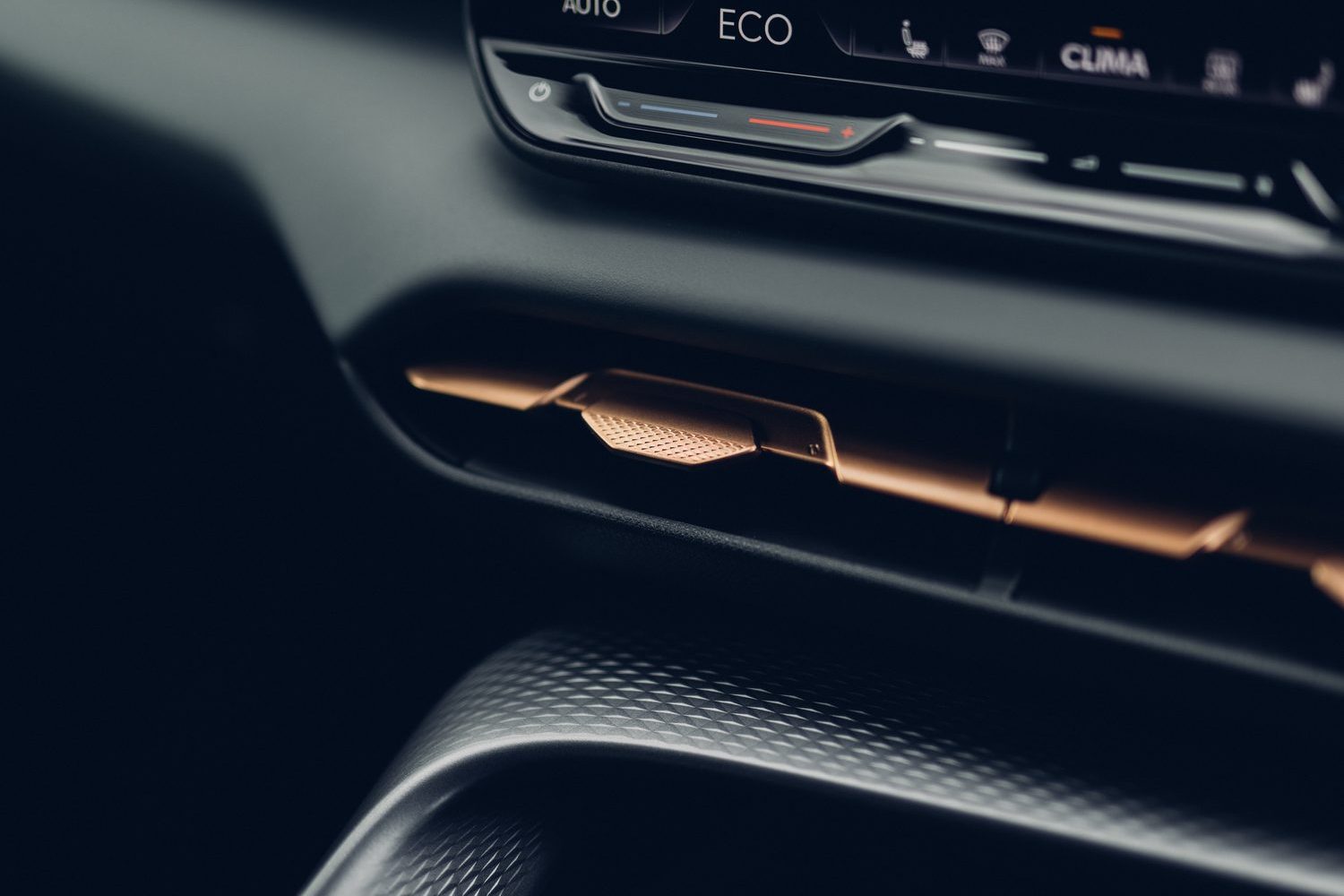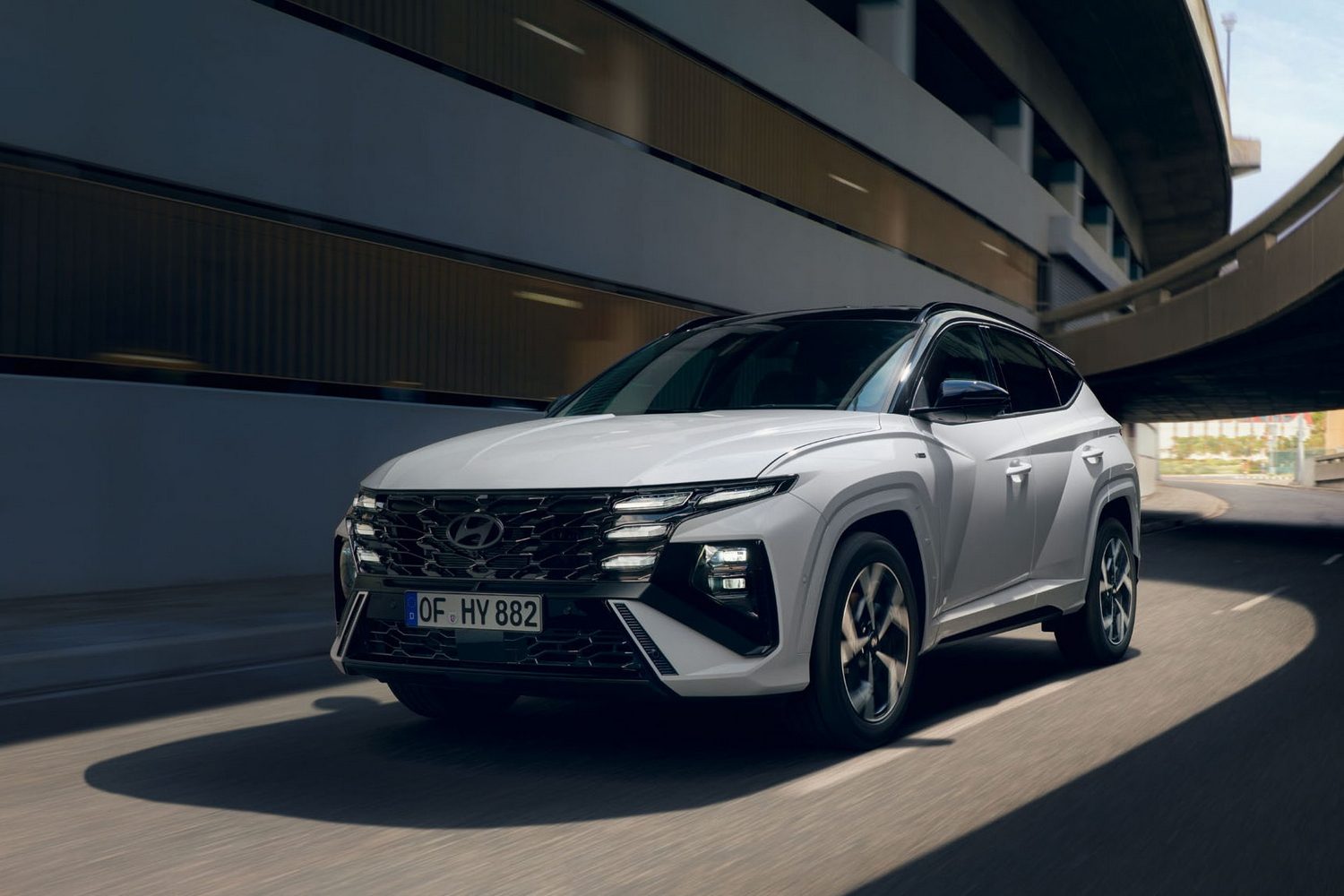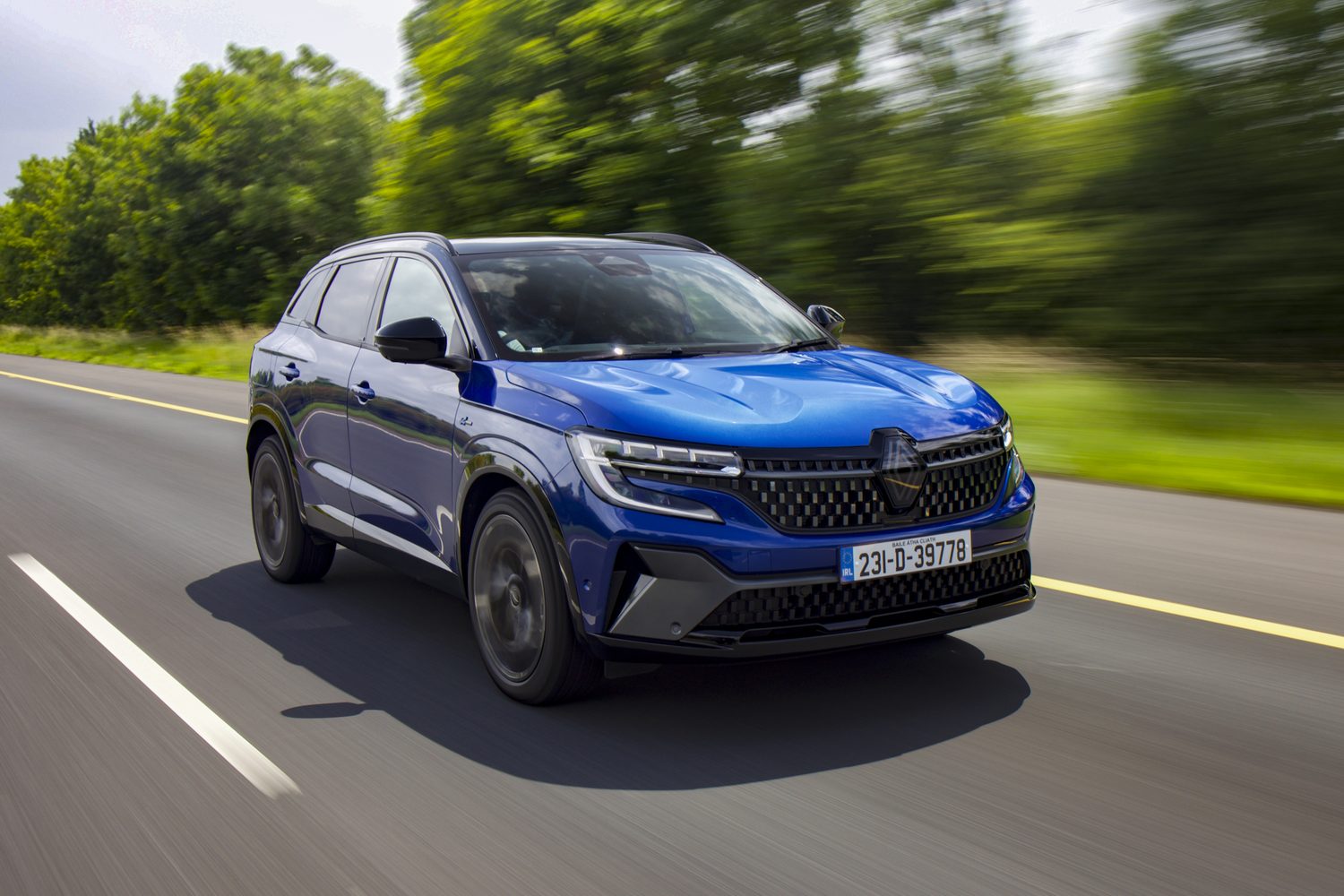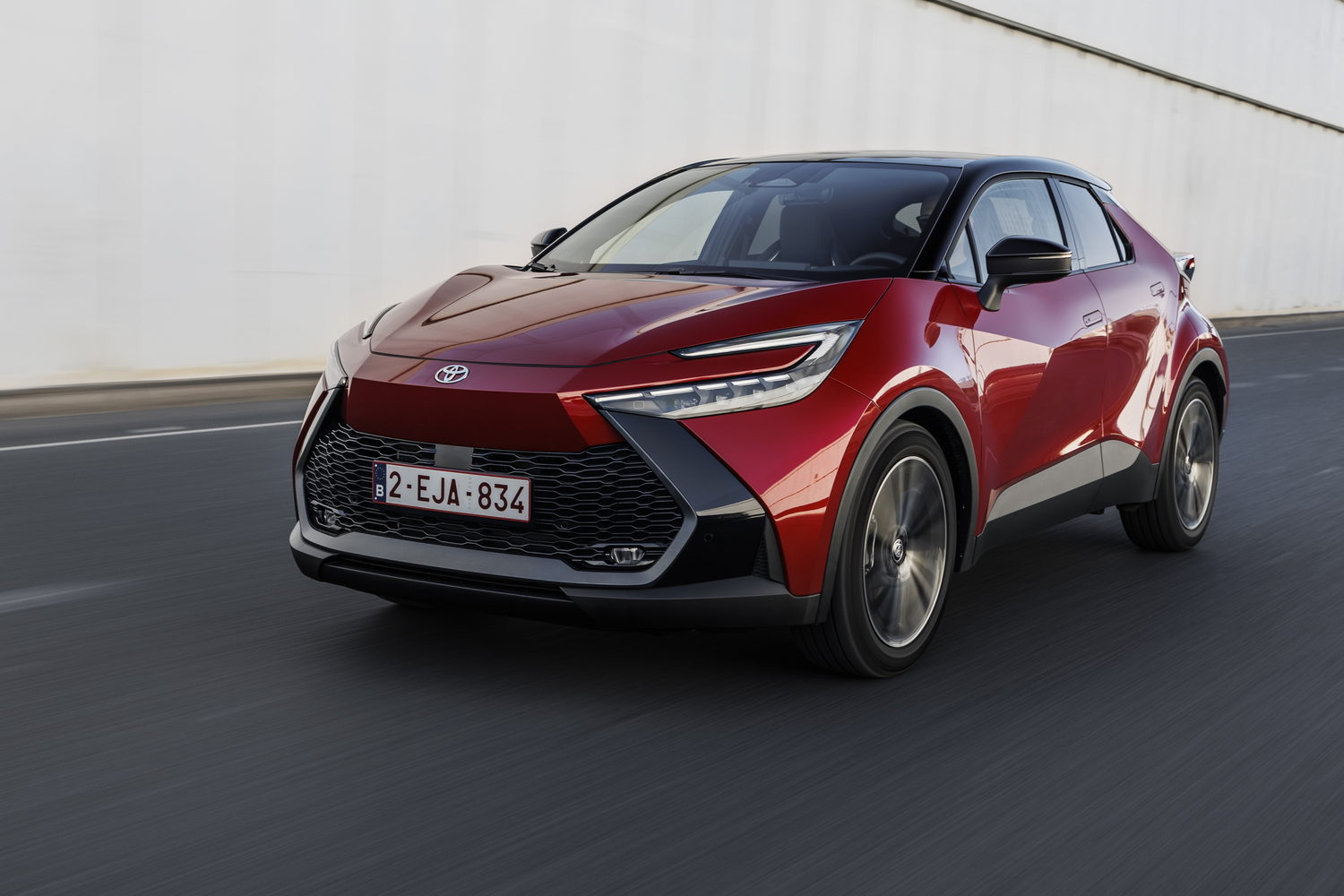Overview: Cupra Terramar 1.5 eTSI in brief
This is the entry-level version of the new Cupra Terramar, powered by a mild-hybrid (MHEV stands for Mild Hybrid Electric Vehicle) petrol engine rather than the plug-in hybrid (PHEV) setup we tested at the international launch of the Terramar SUV late last year.
The 1.5 eTSI model represents the most affordable way into the Terramar range, without losing the model's sporty looks and everyday usability, but minus the charging cable.
Pros & Cons of the Cupra Terramar 1.5 eTSI
Pros: Big and versatile boot and rear seating, looks as good as any other Terramar
Cons: Not massively powerful, no electric-only driving

What's different from the Cupra Terramar PHEV?
While the PHEV version - badged 'eHybrid' - combines a 1.5-litre turbocharged petrol engine with a powerful electric motor and sizable battery for nearly 120km of electric range, this Terramar eTSI uses a version of the same engine with 48-volt mild-hybrid tech and a much smaller battery. You can't plug it in to charge it up and it doesn't get any electric range of any note. Instead, the MHEV system gently assists the engine at low speeds and allows the recovery of energy during deceleration.
The end result is an engine that is slightly more efficient and has slightly better performance than it would have without the mild-hybrid assistance. The peak power of 150hp is due only to the engine, as that's produced when it is revved out to the full, at which point the electrical system isn't doing much.
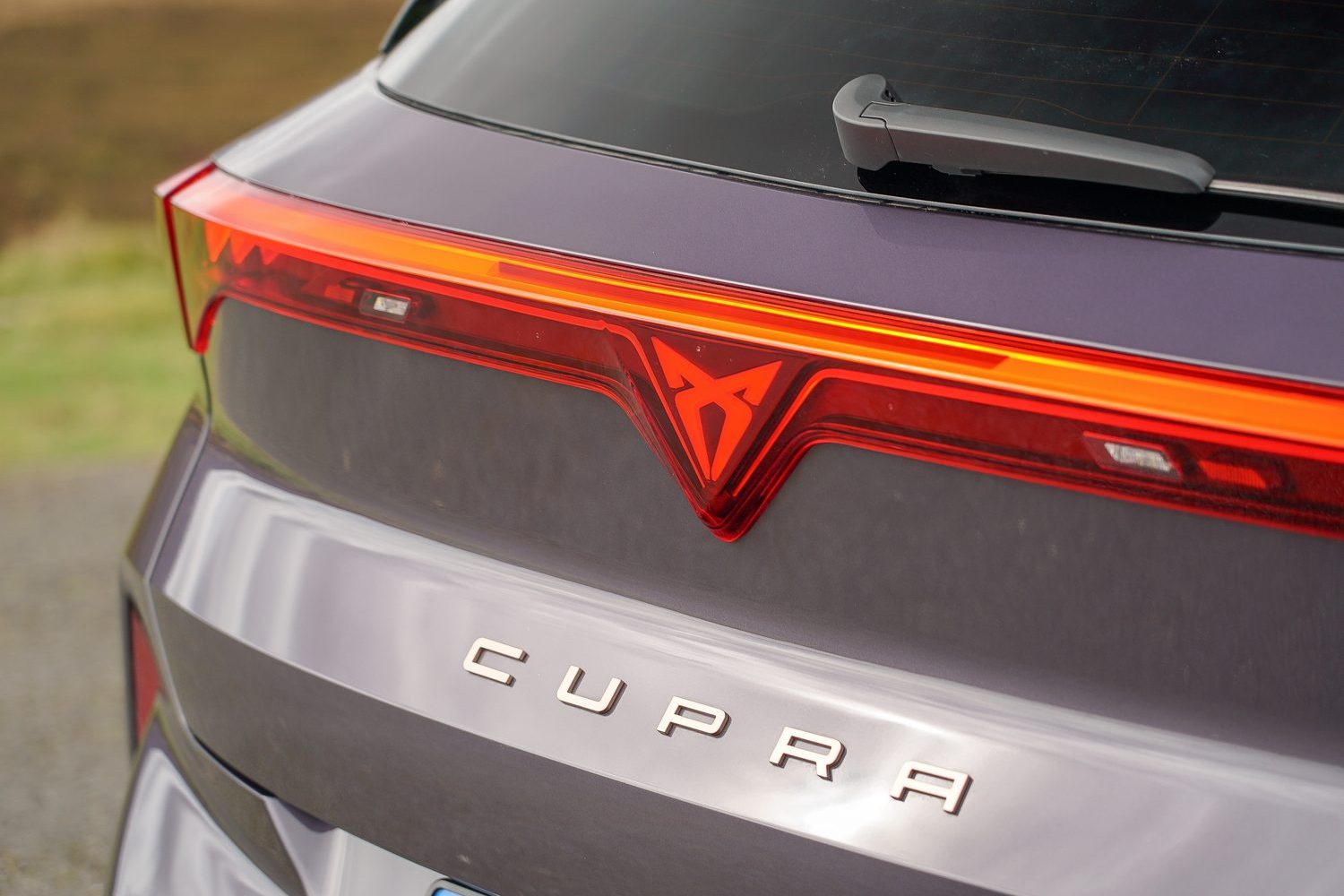
And on that score, the 1.5 eTSI setup is only available in the standard 'Terramar' trim level, while there's a PHEV model in both that and the range-topping VZ specification.
Read our full review of the Cupra Terramar PHEV for a detailed assessment of the car.
Performance of the Cupra Terramar 1.5 eTSI on Irish Roads
• Up to 150hp from petrol engine
• Modest help from mild-hybrid system
• We'd prefer a manual gearbox

While it lacks the punch of the PHEV models under full throttle, the mild-hybrid system assists nicely at low speeds and helps the stop-start system work almost imperceptibly.
This version of the Terramar is lighter than the PHEV as well, and that makes it feel a touch more agile in corners, even if the outright performance is modest and of course, the power only goes through the front wheels.

Refinement isn't bad, even if you push it, but we suspect this car would be more satisfying to drive if it had a manual gearbox. As it is, it's best not rushed, though it's at home on the motorway.
Interior, Practicality, Tech & Comfort of the Cupra Terramar
• Superb cabin quality and design
• Biggest boot of the range
• Lots of interior versatility

No changes here - and that's no bad thing. The cabin retains its stylish, screen-dominated layout, with good front-seat space and decent rear legroom. The back seats split and fold as you'd expect, but they also slide fore and aft, allowing the available space to be divvied up between the rear-seat passengers and the boot as needs be.
The boot's volume is actually improved over the PHEV Terramar's, as there's no bulky battery pack under the floor. That floor can be moved over two levels, the lower of which maximises the main space.
Set it to the higher point and it frees up separate storage underneath. When the rear seats are folded down, their backs create a flat load surface with the floor in this setting as well.
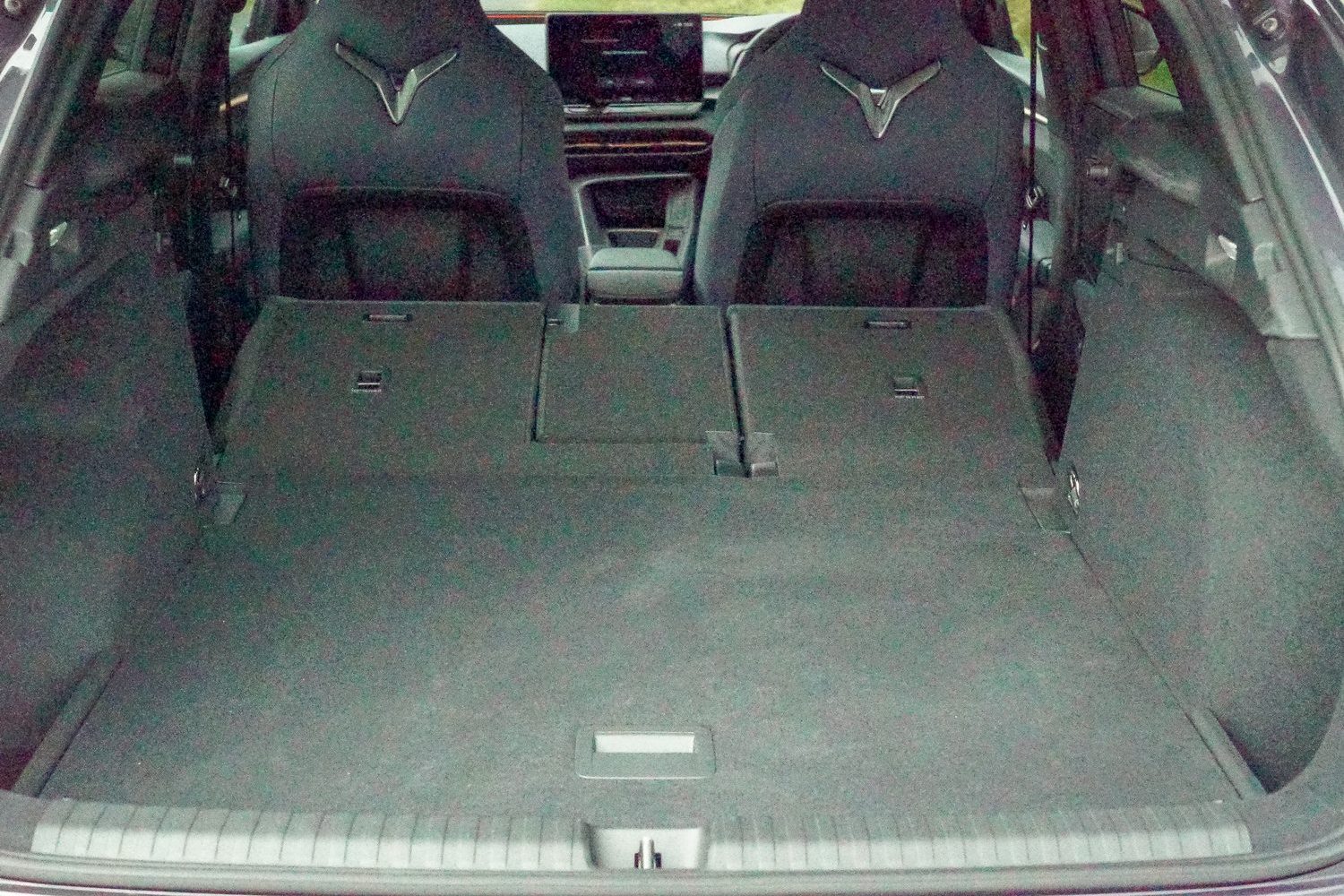
Aside from all that, even this entry-level model's interior quality is impressive. And we like Cupra's obsession with copper-coloured detailing.
Irish Pricing & Rivals of the Cupra Terramar
• Terramar starts at €47,500
• Entry-level PHEV only €2,000 more
• Good finance deals to be had

At €47,500 on the road, the eTSI is the most accessible Terramar, undercutting the 204hp PHEV variant by €2,000. In reality, that will seem like no difference if the car is bought on finance.
On the subject of which, there's an offer on Cupra Ireland's website right now where the Terramar can be had from €359 a month on 3.9 per cent APR PCP finance.
The Terramar is in direct competition with the likes of the Toyota C-HR, the Mazda CX-5 and of course in-house rivals like the Volkswagen Tiguan. Though no doubt the Cupra will also be considered an alternative to the best-selling Hyundai Tucson, Toyota RAV4 and Kia Sportage.
Verdict - Should You Buy the Cupra Terramar 1.5 eTSI?

If you like the look of the Cupra Terramar, but you don't need or want to plug in, the eTSI is a more affordable alternative. It keeps most of what's good about the PHEV model - sharp looks, solid build and an excellent interior - while being cheaper to buy and still good to drive. You lose some performance, admittedly, and the price gap to the eHybrid isn't likely to be a dealbreaker, so we'd still recommend the PHEV above it if you can make it fit your lifestyle.
FAQs About the Cupra Terramar 1.5 eTSI
What does 'eTSI' mean?
This is Cupra's badge for a mild-hybrid-assisted TSI petrol engine. It's a turbocharged, four-cylinder unit in this case.
Does this Terramar drive electrically?
Yes, but only at very slow speeds and for mere moments. You may notice it when parking or when pulling away from a standstill in traffic, but there is no electric range as such. The battery pack is too small for that.
How many child seats fit in the back of a Terramar?
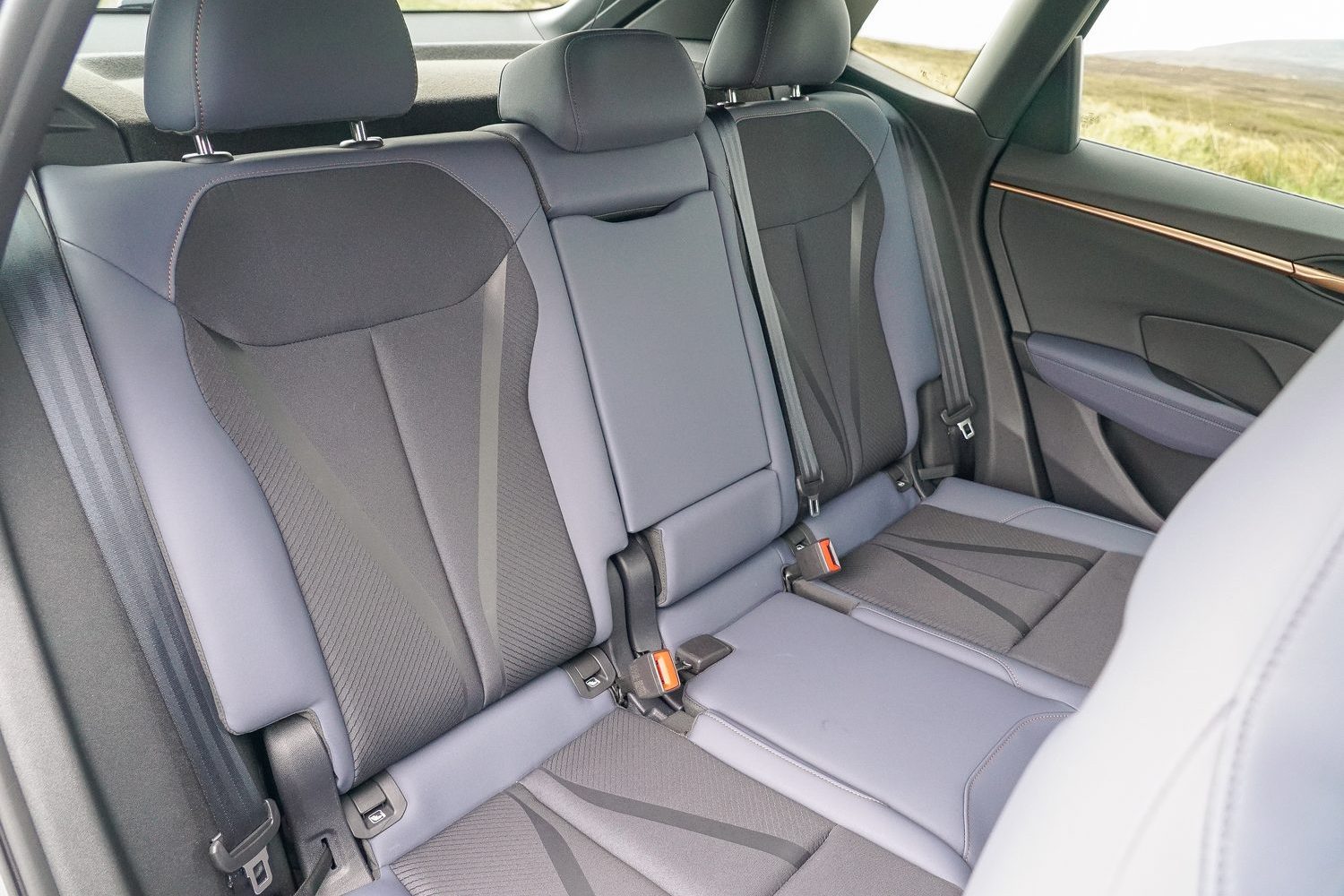
Only two, in reality. There are ISOFIX points in the outer seats, and the centre section is likely to be too narrow for most boosters.
Want to know more about the Cupra Terramar?
If there's anything about the Cupra Terramar we've not covered, or you'd like help in choosing between it and other cars, you can avail of our expert advice service via the Ask Us Anything page.



